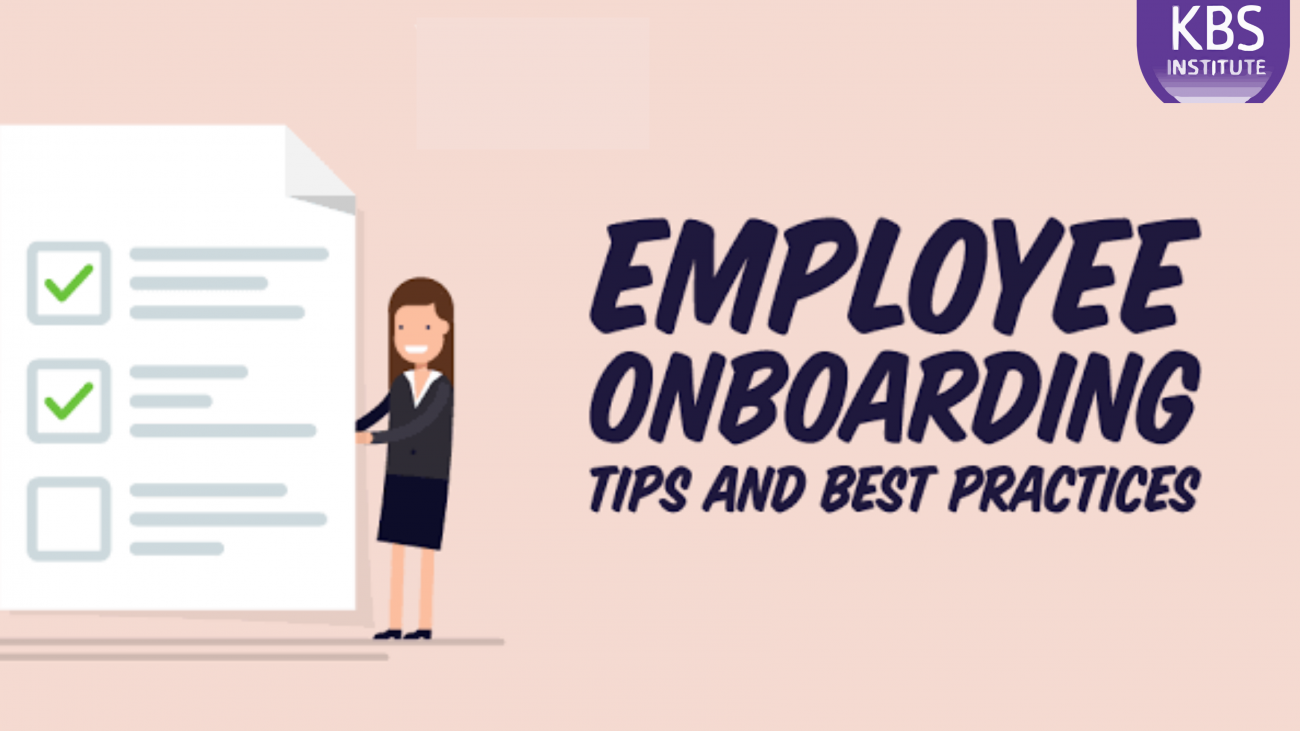The pandemic ushered in a new normal of social distancing, remote work, and business meetings run by video conferencing platforms. As the nature of company management, recruitment, and onboarding has shifted, companies have been forced to adapt to the times by developing new onboarding programs for incoming employees. Some new hires have only experienced minimal in-person interaction with managers/colleagues in the office, while others have only met their coworkers through digital platforms.
Albeit necessary, such changes in the onboarding process have come with several challenges. Having a well-thought-out process is the key to employee retention and is a crucial part of an organization’s overall recruitment and talent strategy. So, what can you do to ensure that your remote employee onboarding program is successful?
Below, we’ve listed the six best practices for onboarding your employees, including how to manage them remotely. All of these suggestions will help make your new hire’s onboarding process smooth and seamless, equip your employees for their work duties, and enable them to thrive in their new role.
Implement a “Pre-Boarding” Process
While most job candidates have no issue with an online hiring process, they may still feel uneasy as the days lessen until their first day of work, especially if their new employer hasn’t contacted them. Some new hires may even consider accepting other offers if they haven’t heard from someone at their original hiring company between the day they accepted the offer and their first day at work.
The solution to this dilemma is “pre-boarding,” which is simply a way to put your new hires at ease by welcoming them to the company. This typically involves sending a welcome email, offering company “swag,” or even directly reaching out via text, call, or video message. You can inform them on who they’ll be working with, introduce them to various department members, and give them information on whom to contact should any questions arise.
You may want to send them documentation even before their first official day, along with these onboarding considerations. This could include employee handbooks, culture decks, and your business’s mission statement.
Ensure That Employees Have Necessary Equipment
If your employees require any specialized equipment to perform their respective work, ensure that they have that equipment on hand before starting their first day. This may require that you have the needed equipment delivered weeks in advance; that way, they can get acclimated and won’t have a steep learning curve.
Along with providing necessary equipment, make sure that all new hires have the required credentials in order. Company accounts need to get set up, and they need to verify that they can log into all required accounts. They also need to be aware of what apps they’ll be expected to use, have those downloaded, and they need to be added to any mailing lists or other communication channels for their department.
Make Sure That All Resources Are Accessible
Employers need to double-check that each new employee understands how to use any essential resources and access information related to the onboarding and training process. For example, studies have shown how nearly one-quarter of workers are just now using online collaboration tools for the first time. This means it may take some time for remote workers to master video conferencing platforms’ basics.
In such a scenario, it’s essential to decipher: What’s this new hire’s level of technical proficiency? Do they require more attention compared to other employees? How can we best assist them in navigating the programs and tools needed for their role?
Have a Comprehensive Training Plan in Place
It’s no surprise that new hires may run into some trouble staying focused during virtual training sessions. After all, there’s almost always a distraction that arises in and around the home. However, having a solid training plan can help incoming employees stay on target and learn the necessary information to perform their job activities. That being the case, your training processes must be job-specific. Additionally, it’s critical that you set clear expectations for progress at the beginning of each training process. If you provide new employees a “roadmap” of the following weeks, then they’ll be in a better position to gauge progress and make adjustments if needed.
Schedule Regular Feedback Sessions
In situations where you’re dealing with a 100% virtual work environment, it’s better to over-communicate rather than under-communicate, at least at the beginning. Having one-on-one time with direct managers is one of the most important aspects of any onboarding process. With that said, don’t be afraid to frequently check in with new employees, as they will appreciate your time and effort. Schedule sessions with other team members, encourage them to ask questions and create an environment that welcomes curiosity and clarity.
Assign New Employees a “Buddy”
New employees require attention, but manager’s time and energy can be limited. One solution that many businesses have found to be most helpful is implementing an ambassador or “buddy” program. In other words, you may assign a more experienced team member to mentor the new hire and guide them through the onboarding process. For help creating an onboarding plan tailored specifically to your organization, contact us at info@primekbsinstitute.org or call +234 (0) 803 308 2815


